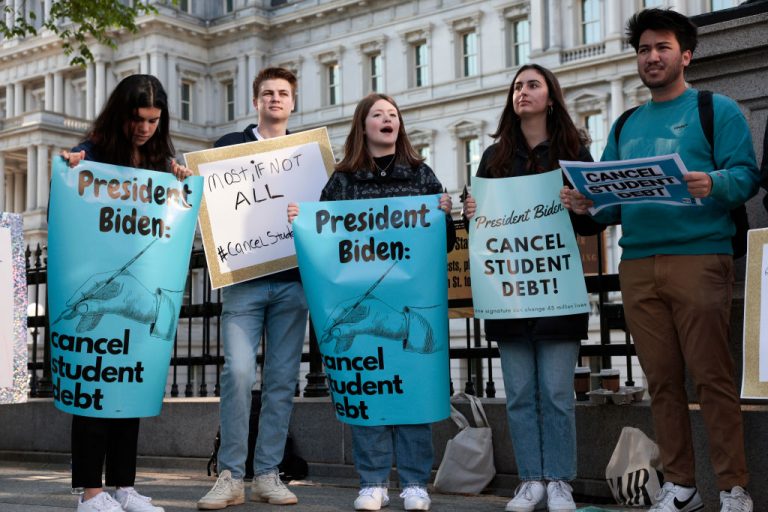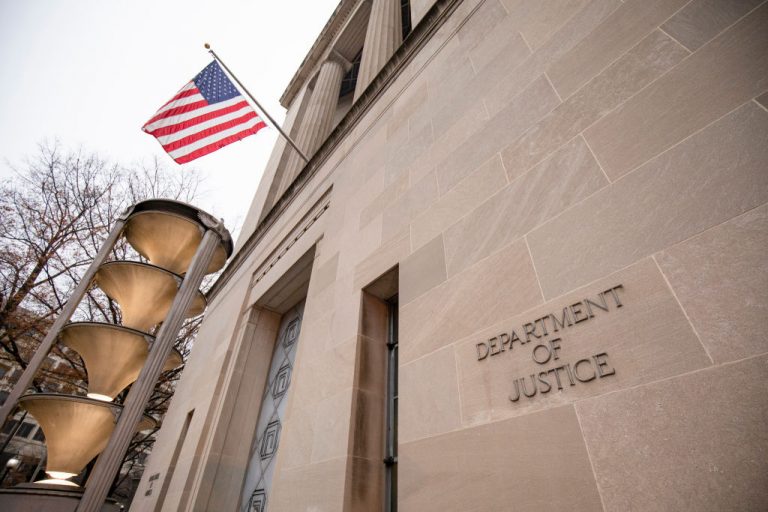The Biden Administration is indicating that it is ready to make headway on its campaign promise to cancel student loan debt. Proponents say Biden can eliminate student debt with the “stroke of a pen” however many are reluctant to support this stance and it’s not as easy as some like to portray it.
Activists are arguing for students, who have seen their ability to borrow for homes or cars negatively impacted by school debt, and want the current administration to cancel student loan debt up to $50,000 or, to cancel it entirely.
According to Federal Reserve data, some 44.7 million Americans hold student loan debt totaling $1.73 trillion. The data also shows that typically, borrowers hold between $20,000 and $24,999 in student loan debt and pay around $200 and $299 per month to service the debt. Student loan debt is the largest source of individual debt in the U.S. besides home mortgages.
While campaigning for president, Biden promised to “forgive all undergraduate tuition-related federal student debt from two- and four-year public colleges and universities and private (historically black colleges and universities) and (minority-serving institutions) for debt-holders earning up to $125,000.”
Many activists and elected Democrats attacked Biden’s approach as not aggressive enough and noted how his 2022 presidential budget proposal, released in May of last year, did not include funding for student loan forgiveness.
Success
You are now signed up for our newsletter
Success
Check your email to complete sign up
Since campaigning Biden has backtracked some from his original promise. At a town hall meeting in February this year he said that he’s “prepared to write off the $10,000 debt, but not $50,000, because I don’t think I have the authority to do it.”
What can Biden do?
Last month, Biden asked the Department of Education to determine whether he can unilaterally forgive federally held student loan debt. In the face of the pandemic both the Trump administration and Congress temporarily halted collecting from certain student loan borrowers however this reprieve is set to expire in August this year.
On April 1, Biden directed Education Secretary, Miguel Cardona, to compile a draft legal memo exploring whether his office has the power to cancel $50,000 in student loan debt without supplying Cardona with a deadline to present his findings.
If it’s determined that Biden can act alone, it opens the door for him to sign an executive order instructing the Education Department to forgive debt. Sans that, Biden would have to rely on Congress to pass legislation to this effect.
However, Democrats hold a slim margin in both the House and the Senate and not many Republican lawmakers are expected to support any legislation forgiving student loan debt making the legislative route unlikely.
People advocating for student debt forgiveness cite a provision of the Higher Education Act of 1965, arguing that it provides broad authority to the president, via the secretary of Education, to “modify, compromise, waive, or release student loans.”
Others cite the Higher Education Relief Opportunities for Students (HEROES) Act of 2003. This legislation allows the secretary to waive or modify a limited amount of loan programs to ensure that anyone harmed under a presidentially declared national emergency “are not placed in a worse position financially.”
Some are pointing to the pandemic as reason to invoke these powers, however the student loan crisis was apparent well before the pandemic emerged and will be here long after it has faded into memory.
If Biden does figure out a way to waive $10,000 worth of debt it would only impact 15.3 million of the 44.7 million Americans holding student debt, roughly 34 percent of student debt holders. However, this move would eliminate 100 percent of all student loan debt for an estimated 33.6 percent of borrowers, according to the Department of Education’s Federal Student Aid data.







